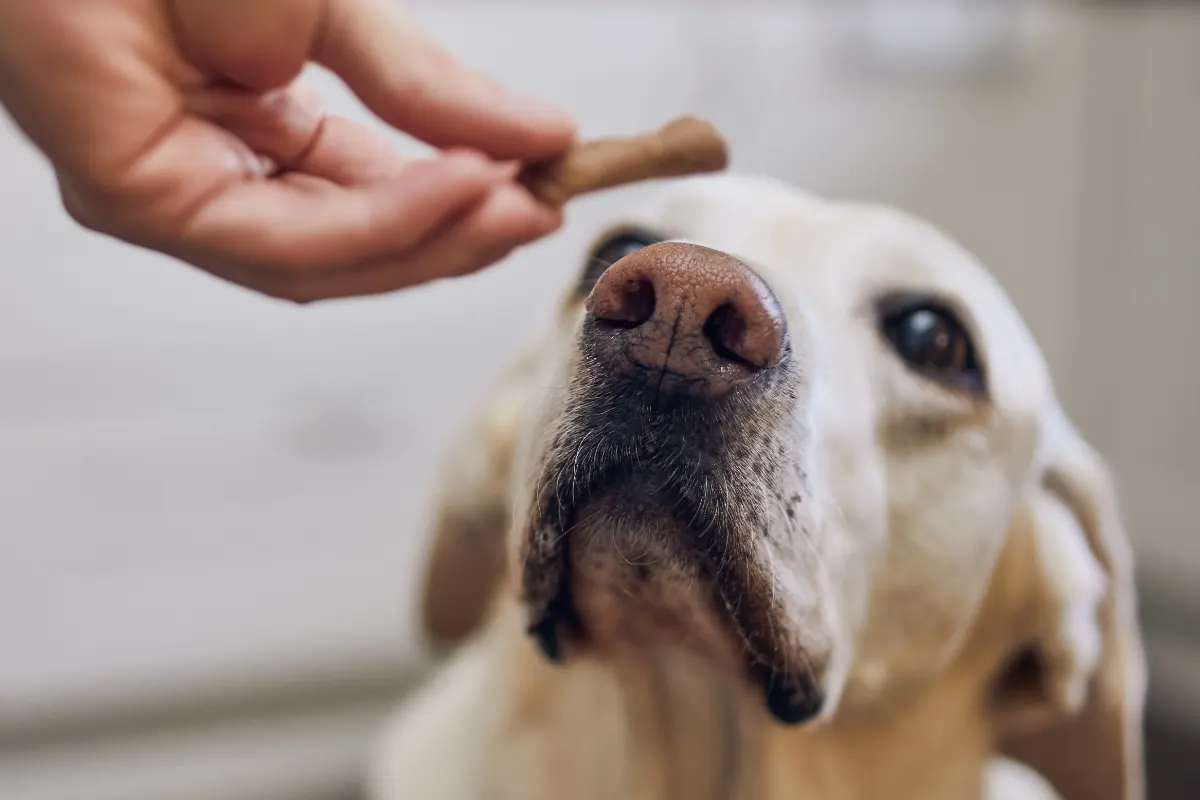
Pet food safety in the US is regulated mainly by the Food and Drug Administration (FDA) and, in some parts, by state law and the USDA.
The FDA Leads Pet Food Safety Efforts Nationwide
The Food and Drug Administration (FDA) is the main federal agency that oversees pet food safety in the US, conducting inspections of factories, investigating complaints, collaborating on regulations, and approving ingredients to ensure pet food is safe and properly labeled. The FDA is the big boss of pet food safety in the US and follows some big laws, but sometimes, they don’t enforce all the rules strictly for pet food.
AAFCO Helps Set Pet Food Guidelines
AAFCO is an advisory organization that creates guidelines for pet food ingredients, nutrition, and labeling that are often adopted by states and the FDA. AAFCO is not a regulatory authority (not a government agency) but is involved in making regulations that the government references. AAFCO:
- Has members from state agriculture departments and the FDA
- Write rules that many states use as laws
- Decide what nutrients should be in cat and dog food
- Say what ingredients can be used in pet food
- Make rules about what pet food labels should say
States Also Help Keep Pet Food Safe
Each state has its own team that works on pet food safety. They often work with the FDA. These state teams might:
- Make pet food companies sign up their products every year
- Check pet food labels and factories
- Test pet food to make sure it’s safe and has the right nutrients
- Look into complaints from pet owners
- Check pet food factories
Like the FDA, states might not enforce all the rules equally all the time.
Different states regulate pet food in different ways. For example, pet food in California falls under the Food and Agriculture Code (FAC § 19260–19262), and pet food processors register with the California Department of Public Health, Food and Drug Branch. In New York, pet food is under the Agriculture and Markets Law (AGM §128–135) of the Consolidated Laws of New York, and the state also has a pet food registration system in place under the NYS Department of Agriculture and Markets. Meanwhile, Texas pet food is covered by the Agriculture Code (§ 141) and is under the jurisdiction of the Office of the Texas State Chemist at Texas A&M University.
Other Agencies That Help with Pet Food
The USDA (United States Department of Agriculture) doesn’t control pet food directly, but they:
- Have a program that pet food makers can join if they want
- Control the meat that might go into pet food
- Help when pet food is sent to other countries
Regulators Focus on Key Areas to Ensure Pet Food Safety
Making Sure Ingredients are Safe and Labels are True
The FDA and state teams ensure what goes into pet food is safe. They also check that labels tell the truth about what’s in the food.
Safe Manufacturing Practices Are Required and Monitored
Pet food makers have to be careful when they make food. The FDA and states check to make sure they’re doing a good job.
Quick Action on Unsafe Pet Food Products to Protect Pets
If a pet food might be dangerous, the FDA can tell the company to remove it from store shelves. They also tell pet owners about any unsafe foods.
Keeping Pet Food Safe is a Team Effort
Lots of different groups work together to keep pet food safe in the US. The FDA is the leader, but state teams and AAFCO are important, too. They all try to make sure the pet food you buy is safe for your pets.
Remember, even though these groups work hard, the system isn’t perfect. Some rules might not always be followed strictly. As a pet owner, it’s good to stay informed about your pet’s food. Check for recalls, learn about ingredients, and know what your pet needs to stay healthy.

